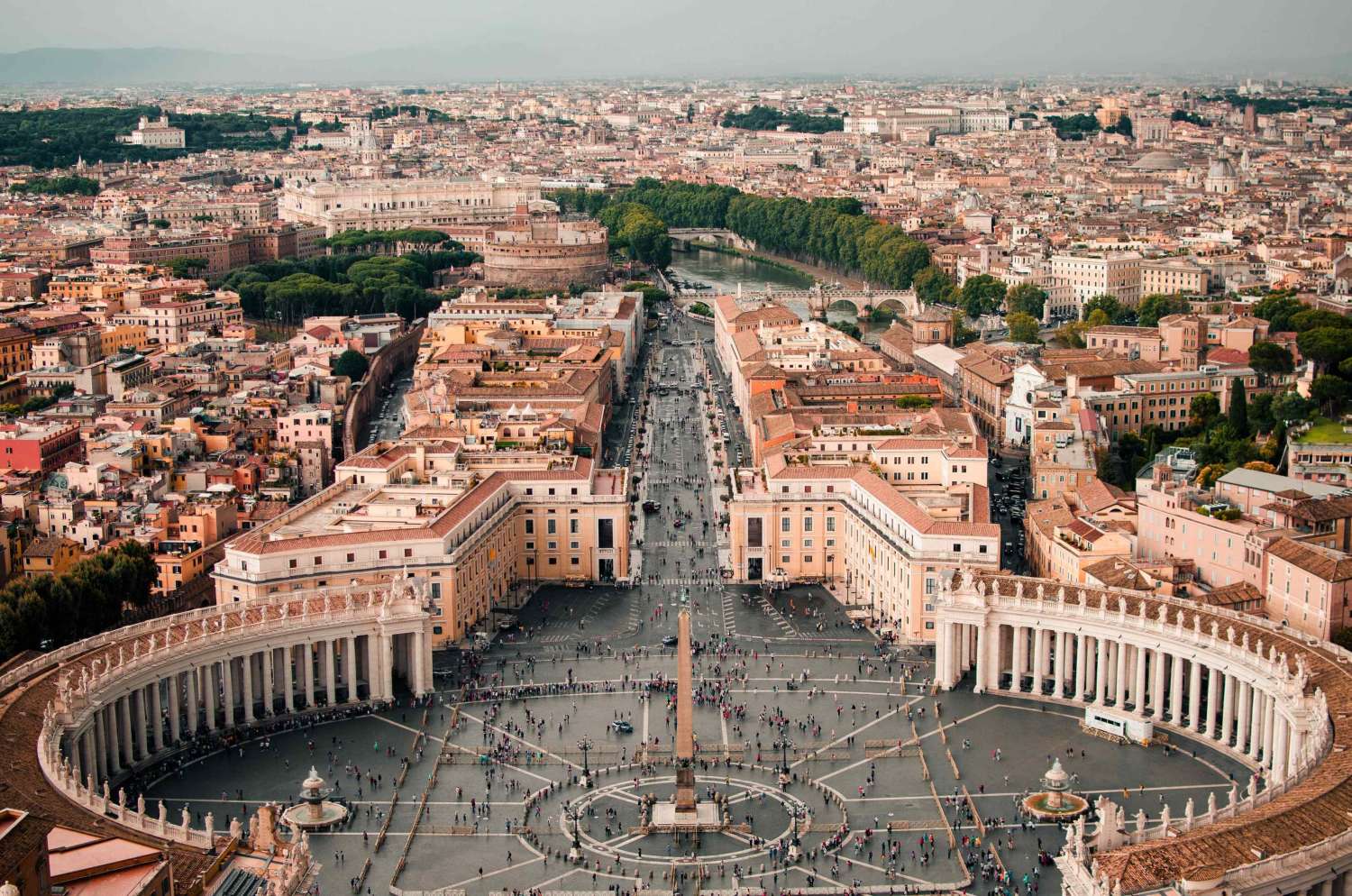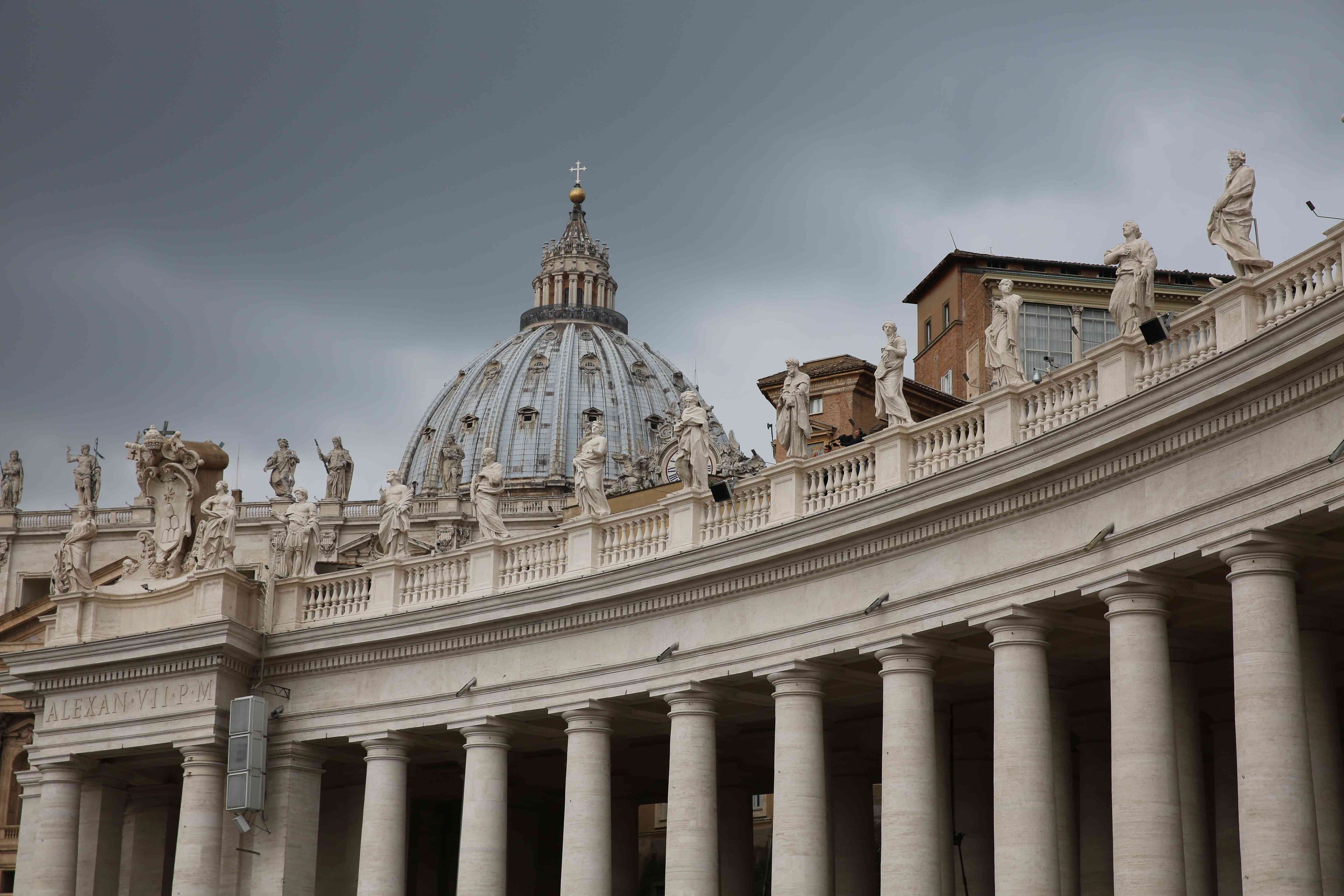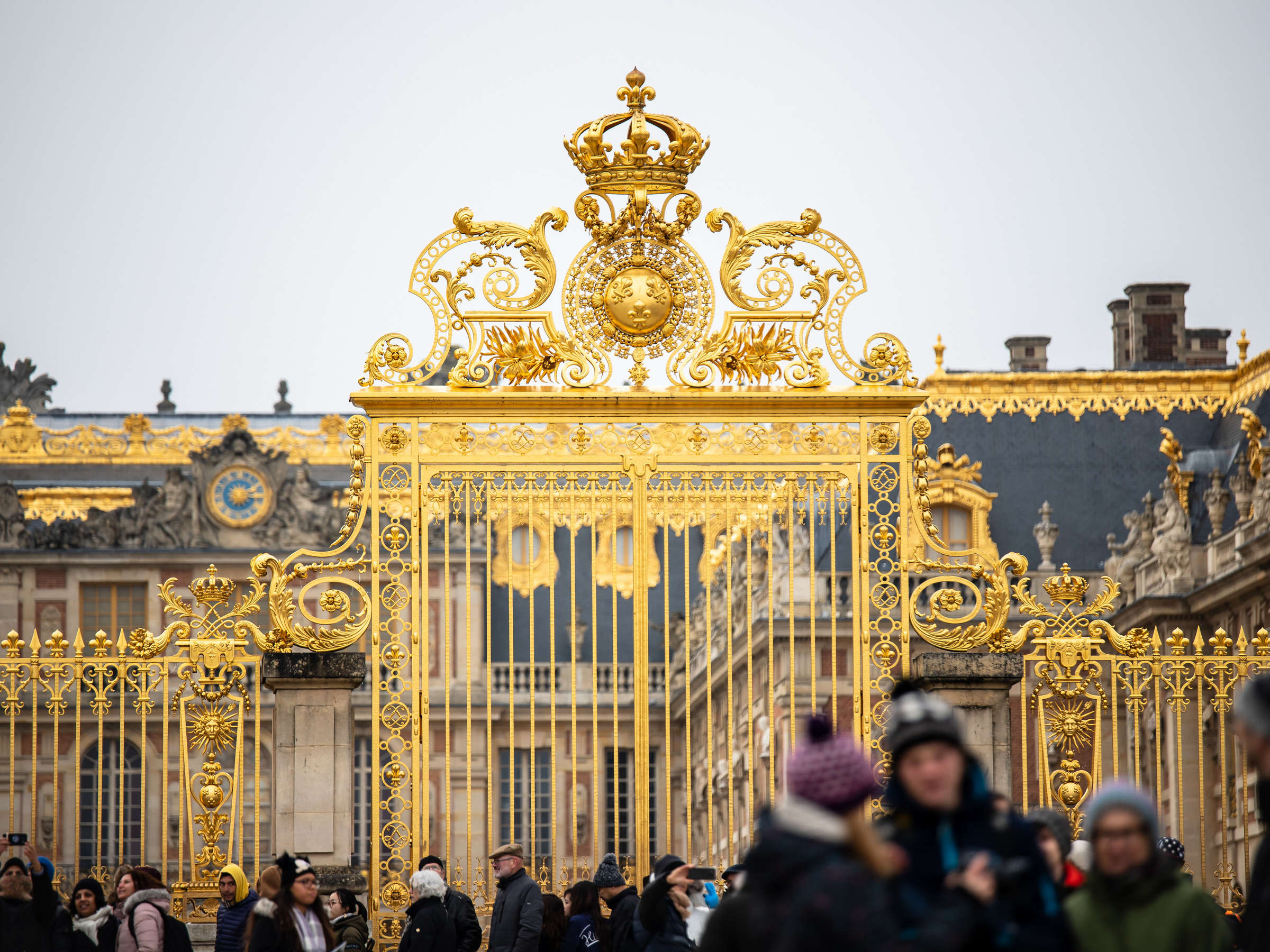You’ve been dreaming of visiting Rome for years. However, the idea of being surrounded by a swarm of tourists queuing up to see what the city has to offer makes you wonder what you'll realistically be able to experience.
No need to worry! We've compiled a list of useful tips of things to do in Rome that will help you enjoy the highlights and explore some of our favorite lesser-known sites while avoiding the crowds as much as possible.
1. See the Vatican Without the Crowds
The Vatican Museums attract over 6 million visitors annually, making this the most visited tourist attraction in Rome. To avoid getting crushed amongst the hordes there are a couple of museum hacks that we recommend.
For early risers, hit the Vatican first thing. The museums open at 8 am Monday-Saturday. If you’re going on your own you’ll want to arrive at least one hour before opening to get in line. (Tip: Buy your timed tickets in advance online.) Taking an early morning tour is a way to get into the Museums ahead of even the early-risers who just bought tickets online. At Context we run our four-hour Vatican Tour with Skip-the-Line Tickets at 8 am, and travelers generally meet their guide around 7:30 to get in line. This gets us in ahead of the general public.
Far and away the best way to visit the Vatican and one of the most sublime experiences on the planet is to go after hours when the Museums are closed. There’s nothing like this. Some tour operators run a tour like this, including Context. Our After Hours Vatican Tour takes place several times a year and opens up the Museums for a select group of visitors. Imagine the Sistine Chapel with no one else there.
During the summer months, the museum offers later closing times. Consider visiting in the late afternoon on days with later closing times to enjoy the museum after the day crowds have left.
If you'd like to visit on your own time or need added flexibility, consider visiting with our Vatican Audio Guide collection. Narrated by seven art historians, you can tour the Vatican, St. Peter's Basilica, and Castel Sant'Angelo at your own pace and enter when crowds are thinner, usually just after lunch or early morning.
View our full guide to visiting the Vatican here.
2. Visit the Colosseum Early in the Morning
The Colosseum is also quite crowded. It’s also hot. During the summer we recommend visiting early in the morning, right at the start of the day, to breeze through security and beat the crowds. Not quite a morning person? Head to the Colosseum late in the afternoon for sunset views over Palatine Hill and enjoy a less crowded experience.
Ticket reservations can be tricky, so while you can book ahead, it is our opinion that a visit with an expert guide and pre-scheduled tickets adds value to this site visit. Maximize your time with the three-in-one admission to the best of ancient Rome, which we offer through our 4-hour Colosseum Tour with Roman Forum and Palatine Hill tour.
3. Get Underground
Diving underground in Rome is one of our favorite things to do. It all started back in 2007 when Context co-founder Paul Bennett wrote an article about underground Rome for National Geographic and then continued when many of our expert guides appeared in the History Channel’s "Cities of the Underworld" special on Rome. Although interest in underground Rome has grown, we still find that many of these sites are quiet and uncrowded.
For example, consider Vicus Caprarius, just a few steps from Trevi Fountain, which most people pass by without a second look. Yet, this is one of the most fascinating archaeological sites in the city and a place where some of our guides have actually dug. (We also visit it as part of our Underground Rome Tour.)
The Basilica of Saint Clement, which sits on an older, buried church and is one of the best Mithraic sites in Rome, is becoming very popular. It’s definitely one of our favorite things to do in Rome—so much so that we run a San Clemente Tour.
4. Visit Smaller Sites
This is our mantra for travel in general: go more in-depth. By this we mean to find those sites that are off the beaten path–they aren’t in the guidebooks and not on everyone’s radar. They usually offer unique insights into a destination, shorter lines, and your patronage helps keep them available and operating as a historic site.
In Rome, there’s a wealth of these sites. One of our favorites is Centrale Montemartini, a former power plant that the city converted into a museum many years ago. It’s a fantastic example of industrial archaeology and tells the story of ancient and modern Rome side-by-side.
5. Go Outside
Since the weather is so fabulous, one of the best things to do in Rome is to get outside. Topping our list is a day trip to Ostia Antica, the ancient harbor of Rome that was buried, Pompeii-style, by two millennia of mud. Unlike Pompeii, though, it’s close to Rome and makes for a much more feasible day trip.
Other options include heading northeast to Tivoli or south to the Appian Way. At Tivoli, the ruins of emperor Hadrian’s villa paired with the frescoes and gardens of villa d’Este will allow you to explore the evolution of the aristocratic suburban settlements throughout the centuries, from ancient times to the Renaissance. Short on time? The Appian Way is just a twenty minute drive from the heart of Rome and is the perfect site for exploring how Rome developed into the urban center it is today.
6. Explore Hidden Churches
There are hundreds of churches in Rome-- take the time to scout some lesser-known chapels, which sometimes are just a few steps from the most popular attractions, like the Basilica of St. Stephen in the Round on the Celian Hill or the church of the church of the Santi Quattro Coronati.
Churches formed the center of social and spiritual life in ancient Rome and many of the builders of the most famous basilicas also built hometown parishes.
7. Wander Gorgeous Gardens
Rome’s Botanical Garden is a great place for a stroll in the greenery, away from the chaos of the city just a few blocks away, where you can see thousands of rare and interesting species of plants.
Alternatively, the park of Villa Borghese will also offer lots of nice opportunities for a stroll with some great views of the city (by the Pincian Hill), without the need for tickets or lines. If you'd like to visit the Borghese Gallery, a guided tour is well matched with a stroll through the gardens and park, either before or after visiting the artworks.
8. Coffee on a Terrace
Stop for a coffee at one of Rome’s gorgeous terraces and observe the city spread below and in front of you. Among our favorite is the Terrazza Caffarelli at the Capitoline Museums, and you don’t need a museum ticket to access the cafe.
Nota bene: coffee shops in Rome are called "Bars", lest you think the frivolity begins at 8 a.m. in the city.
9. Discover a Local Market
Savor the city like a local! One of the tastiest things to do in Rome is eat a meal at a local market or hidden neighborhood gem.
Depending on where you are, you may want to try either the Mercato Trionfale or the Testaccio market. In both places, you’ll find such delicious food as juicy “porchetta” and buffalo mozzarella, fragrant bread, and sapid pecorino cheese. You’ll also find quite a crowd there – but most of them will very likely be Romans shopping for supper.
Ready to learn with a true expert? Get a comprehensive view with one of Context's private or small group tours in Rome!













